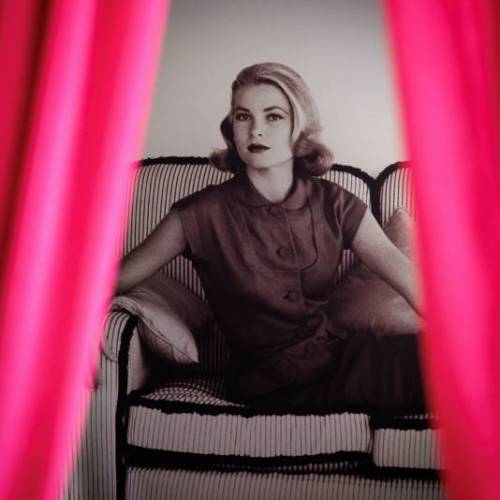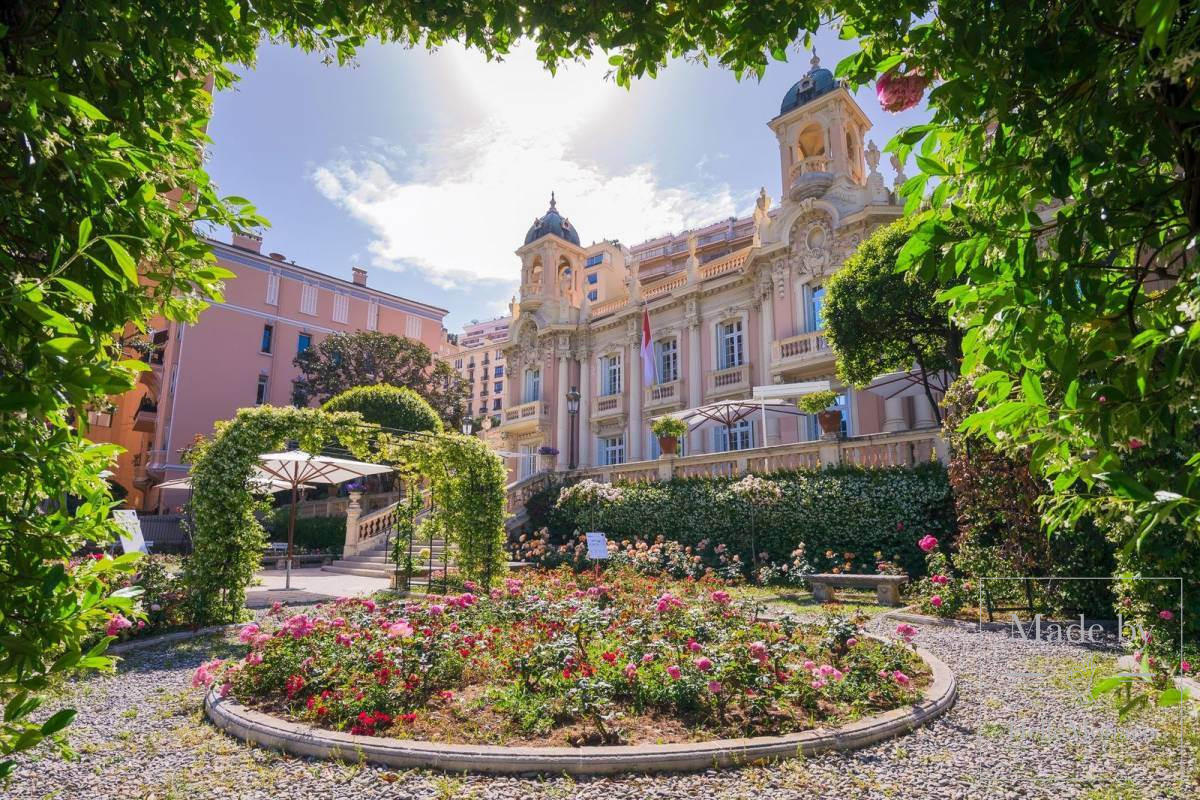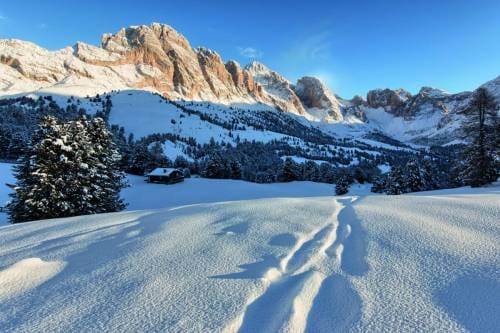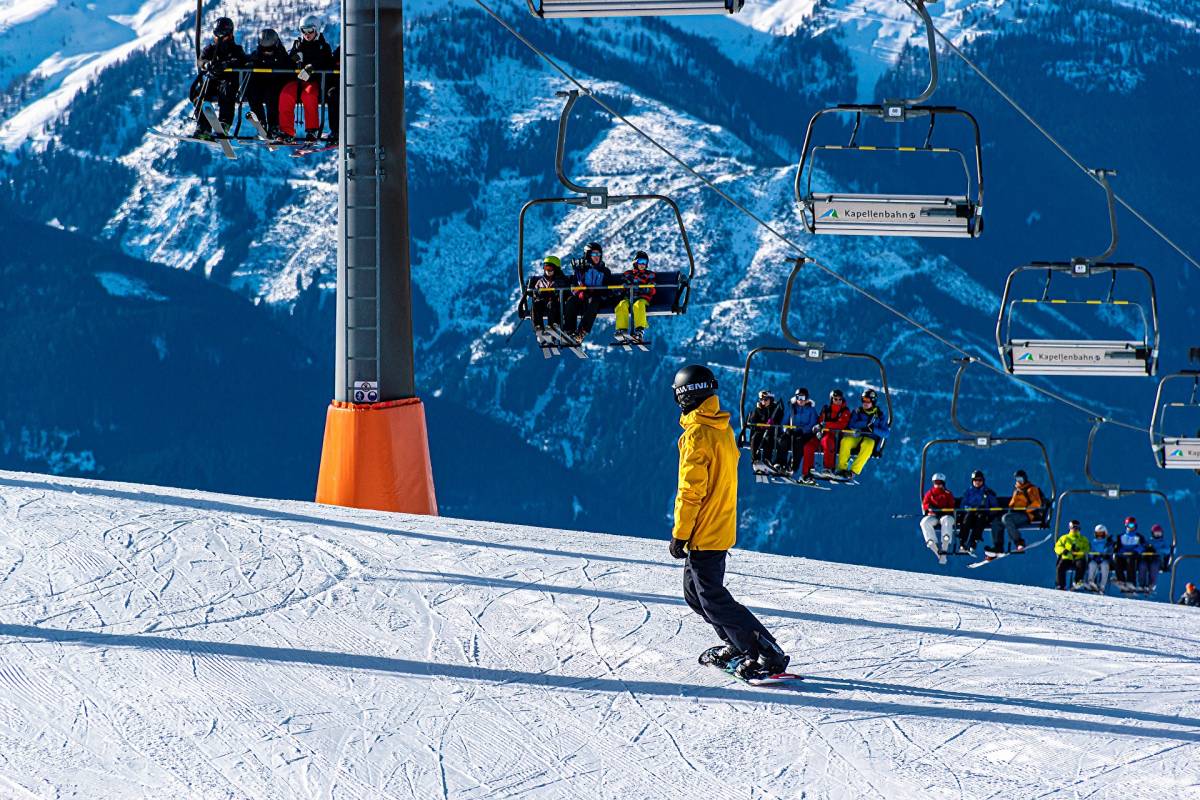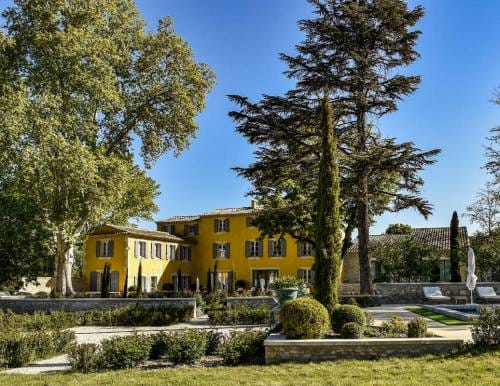Monaco’s Belle Époque architecture is nowadays most often celebrated by those gathered outside the Opéra, Salle Garnier or who stroll outside the palatial Hermitage Hotel and Hôtel de Paris. Small though the country is, with fierce competition for each square metre of space, there also remain a few historic Villas. Two of them have been protected by the Principality by incorporating them as the principal viewing galleries of the New National Museum of Monaco. And for those celebrities and tycoons who decided to enjoy Monaco and the Côte d’Azur beyond their stays at the Hotel de Paris and Hotel Hermitage one of the astute moves was to buy Villas close by.
Where and how do the rest of us get to see and savour some of these extraordinary Villas? Hello Monaco will help you discover a selection of them as well as the two Villas preserved in the New National Museum of Monaco.
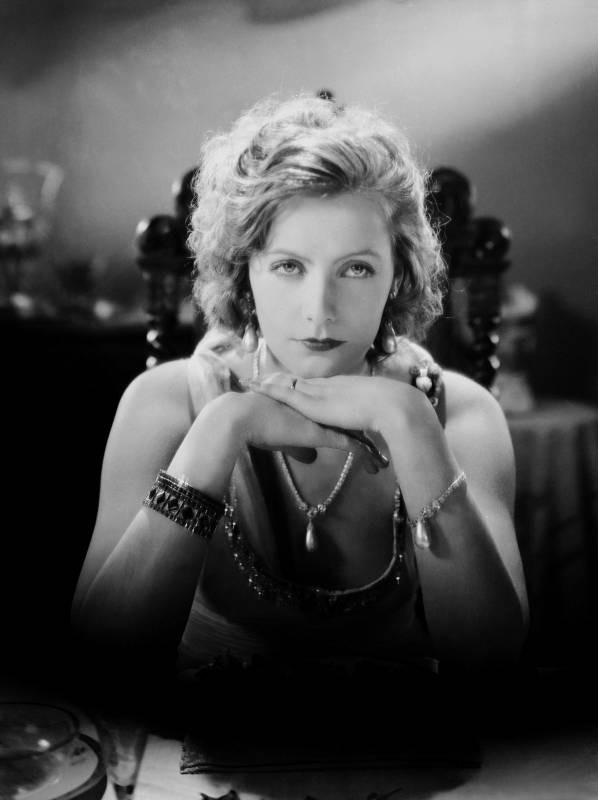
In fact, you can do worse than take one of the prettiest and most popular walks at the border of Monaco starting at the beach at Plage Marquet. That coastal pathway meanders from Monaco and envelops Cap d’Ail sprouting onto the beautiful cove Plage de La Mala, a popular summertime destination.
Read more about that walk after we tell you here about the Villas, many of them on this walk, and the larger than life personages like Greta Garbo, Winston Churchill and Russia’s Imperial family who inhabited them.
The Rock
Let’s start with passion and scandal and an unusual ritual that was performed on a Villa off that coastal path.
Valentina and Garbo, were both vying for the attention of Valentina’s husband George Schlee.
Valentina’s passion and emotions were already pushed to the limit, closeted in the same building in New York with her husband’s “consort” and icon Greta Garbo. Both femme fatales arranged their schedules never to meet in the lobby in New York.
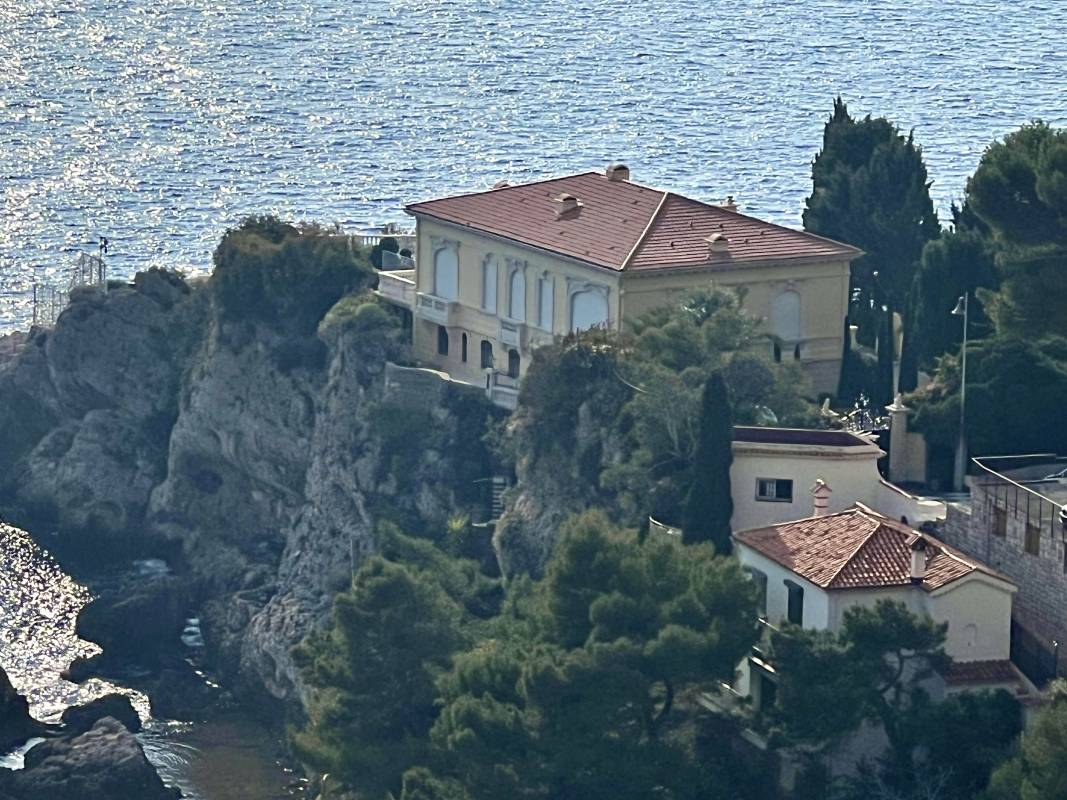
But Valentina could not get away from Garbo in the surrounds of Monaco and Cap d’Ail where George Schlee would vacation in his Villa accompanied by both Greta Garbo and his wife. Such were the fiery passions and resentments aroused by the “Villa Rock” off the coastal path that joins Cap d’Ail to Monaco that Valentina, who considered Garbo a “witch” even had the spirit of her husband exorcised from the Villa when he eventually disappeared from her life in the 1960’s.
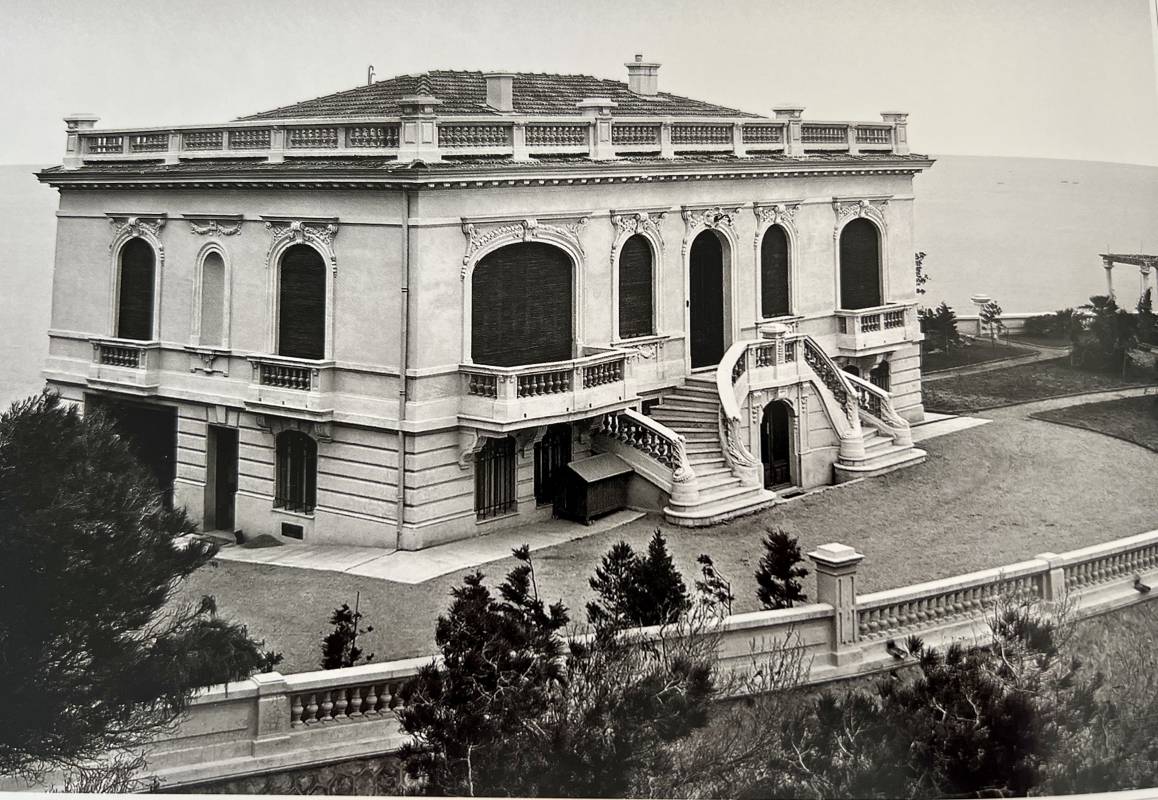
It was around 1910 that a Mr. Pisani had had the rectangular villa built on the rocky promontory washed by the sea, at the tip of the sea-side path, with an iron and marble staircase. It was later in 1939, when George Schlee, an American of Russian origin fell in love with it …. later to be doubly seduced by Garbo. Schlee was a theatre producer, husband to the famous Ukrainian designer Valentina Nicolaïevna Sanina … nicknamed “Valentina”. She dressed the icons of cinema: Katharine Hepburn, Lynn Fontaine and Greta “The Divine”, her nemesis. Garbo will pursue, with her husband, an affair which will make the headlines from the end of the 1940s until he passed away in 1964. La Divine Garbo made several stays at the villa The Rock with George and Valentina who must have detested these shared vacations.
Whereas it might have been possible to exorcize the spirit of George; it would be impossible to exorcize the infinite charm of the Villa itself which stands amidst its lush vegetation.
Les Funambules
“Villa Les Funambules” is also found in a key location on this coastal path with two large balconies that look over Cap Ferrat. The decor is of an eclectic nature, it mixes Gothic and classic elements.
At n° 8, Avenue Raymond Gramaglia, the Villa Les Funambules was bought by French actor and playwright Sacha Guitry who wrote new theatre pieces there as he was so inspired by the stunning location.
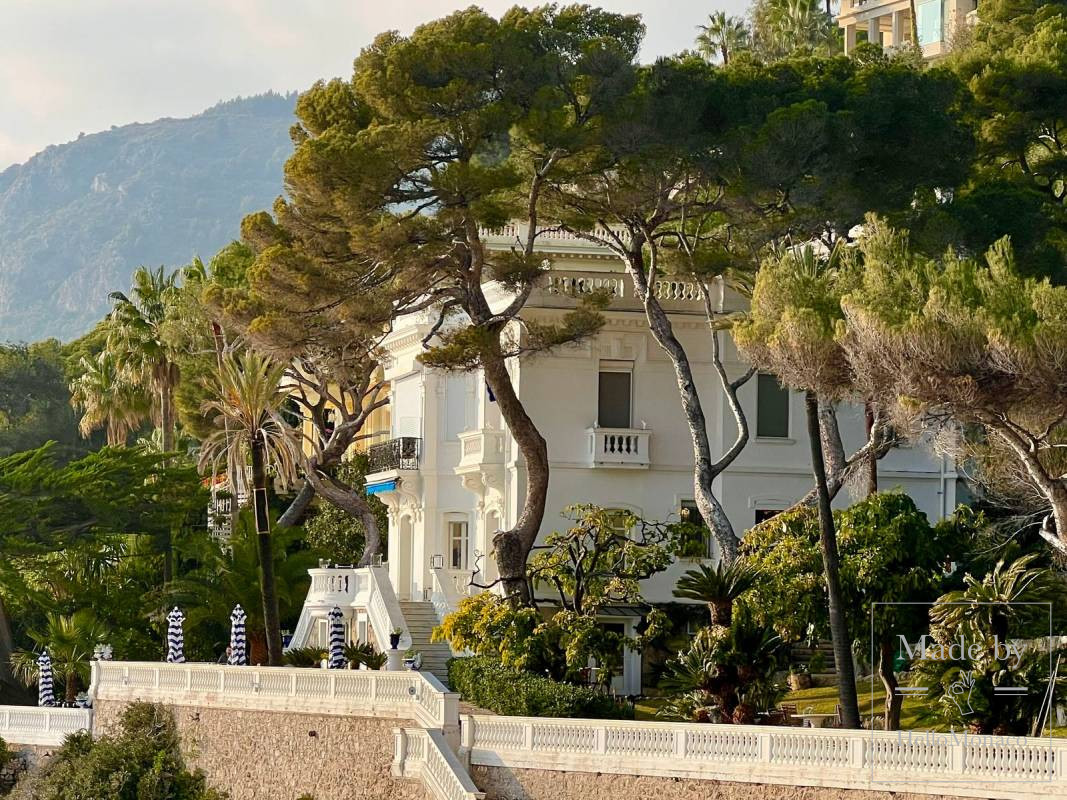
The playwright and actor came there to relax away from the Parisian scene; in 1926 he had acquired the vast white house flanked by its pair of octagonal turrets. He renamed it “Les Funambules”. Sacha Guitry shared his time there with the first of his five wives, the actress Yvonne Printemps. After his death, in 1961, his last wife Lana Marconi sold it. Finally, the villa was divided into apartments.
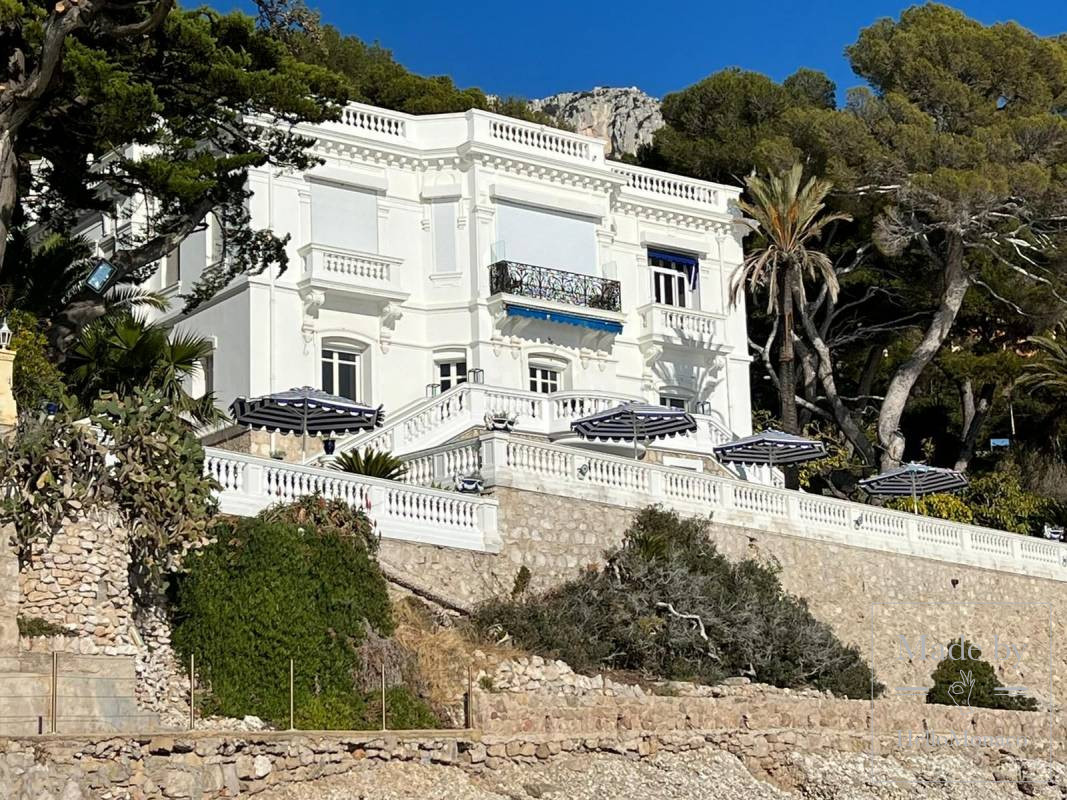
For a break from enjoying Villas on the Coastal path let’s visit one of the Belle Époque Villas in Monaco beloved by an Englishman who gave it his name.
Villa Sauber
You may be surprised to discover the pedigree of the Villa Sauber, one of the finest Belle Époque residences in the Principality and now one of the twin pillars of the New National Museum of Monaco.
Prior to it having its current name it did once house a member of the Blanc family, Edmond, which is as close to the inner circle of Monaco as you can be. Though unproven it could have indeed been designed by Garnier himself.
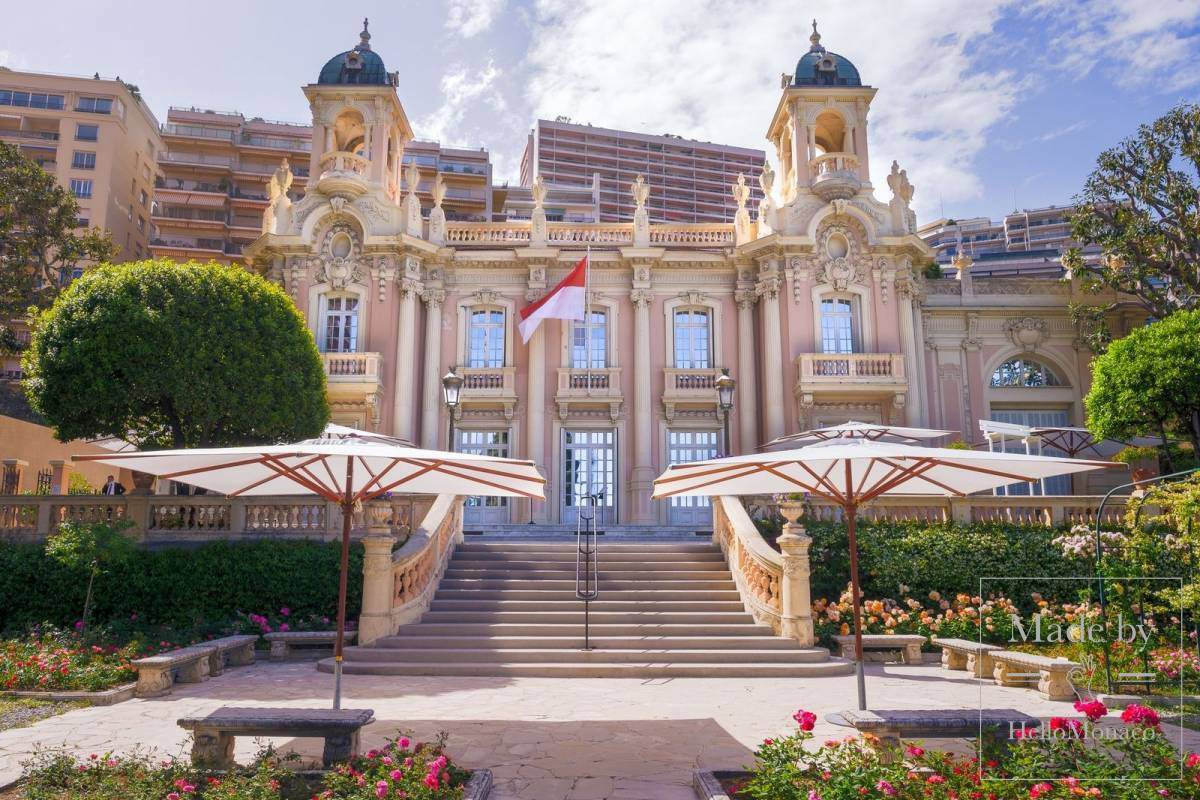
Londoner Robert Sauber had become a highly respected painter exhibiting at the Royal Academy in London.
Villa Sauber lies testimony to this multi-talented artist born in 1868 who bought the Belle Époque jewel in 1904 from the Blancs.
He was eventually to illustrate far more papers in England and France than any other artist in London. And portrayal of female beauty in art is another one of his Legacies. Love for Monaco’s Belle Époque Villas struck twice. He and his wife Marie Ellis kept the house, from then on called Villa Sauber, for ten years selling it in 1914. He eventually did spend more time in his beloved Monaco, by buying for the second time Villa Sauber in June 1925.
The Villa became the National Museum of Monaco (NMNM) in 1972. Since 2009, it has hosted exhibitions, such as has the other NMNM jewel, Villa Paloma since 2010, which is the second exhibition venue of the New National Museum of Monaco.
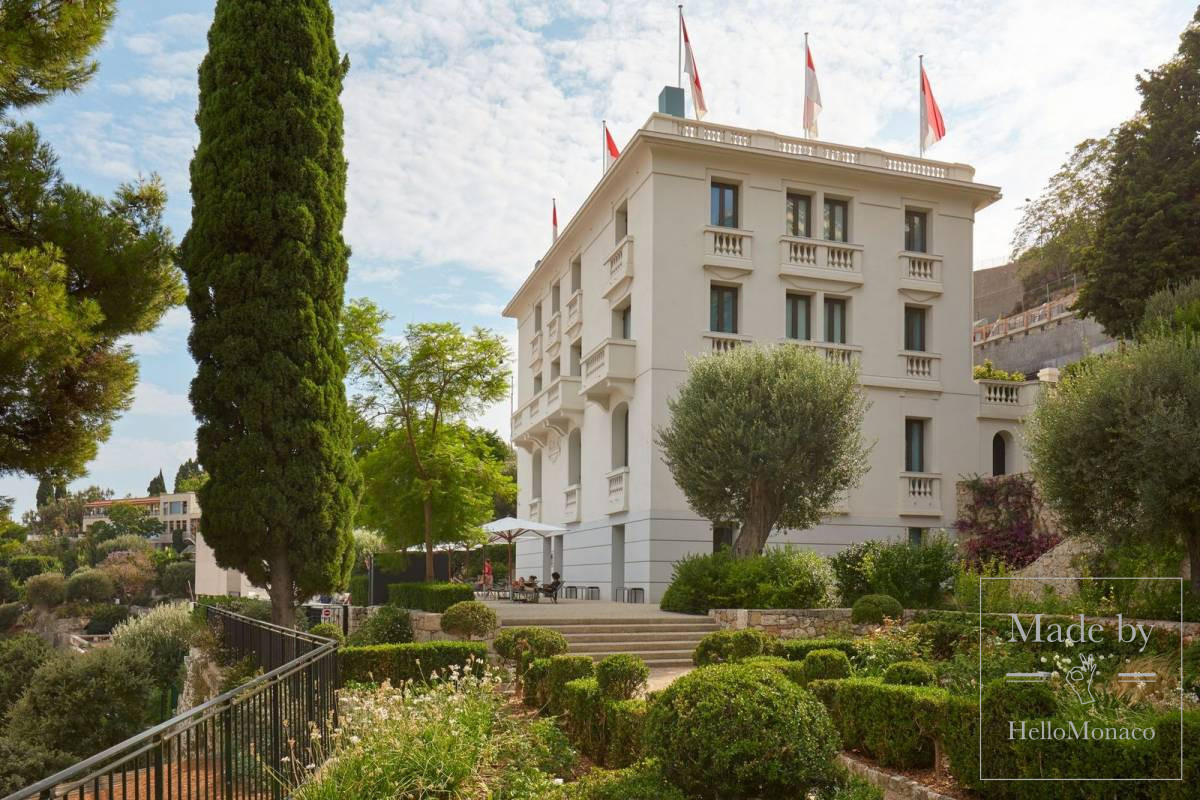
And so Robert Sauber’s legacy lives on in the beautiful Villa Sauber itself.
Back to Villas, close to Monaco, across the border in Cap d’Ail
La Capponcina
At “La Capponcina”, Sir Winston Churchill wrote, pursued his love of painting, and celebrated his golden wedding anniversary!
It was the couturier Edward Molyneux who built in 1926, the neo-Provencal style villa with a patio and a long arcaded gallery overlooking the sea. He organized custom fashion shows there and amassed a great art collection.
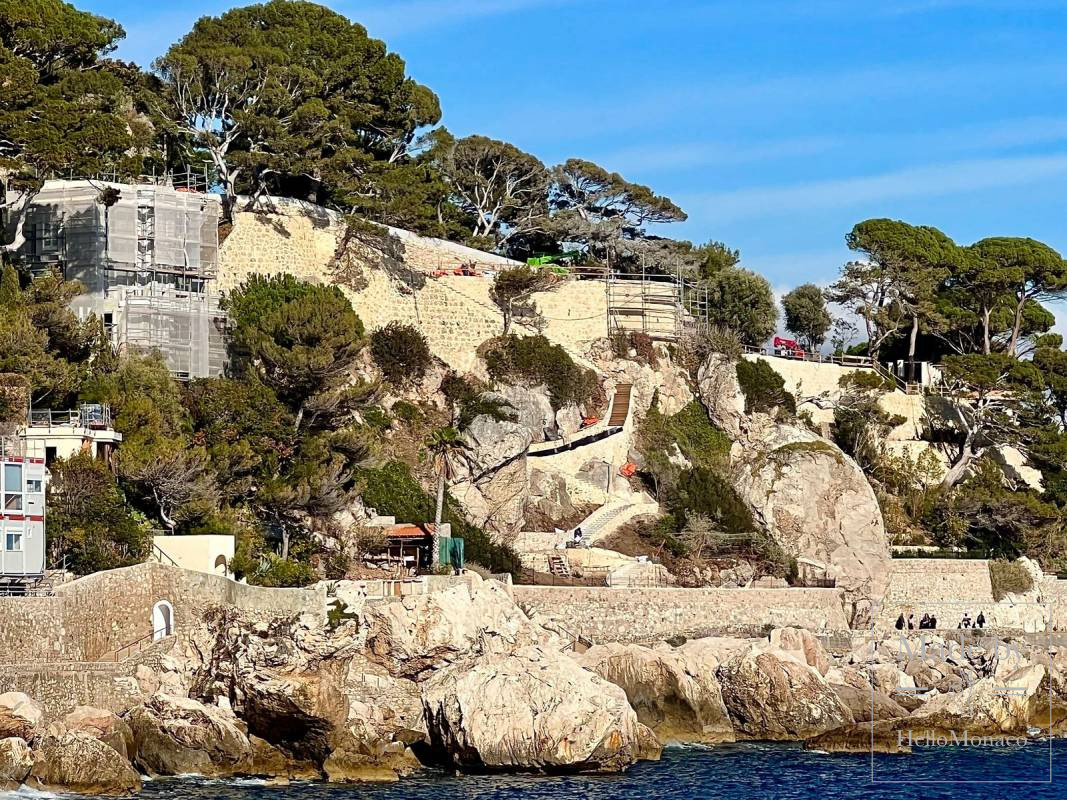
After World War II the villa was acquired by Lord Beaverbrook. Having quarreled in 1938 with Winston Churchill, the two men reconnected at the end of the war, and Churchill started to vacation at his friend’s with his easel, his paint-brushes and his volumes of papers which would be used to write his memoirs.
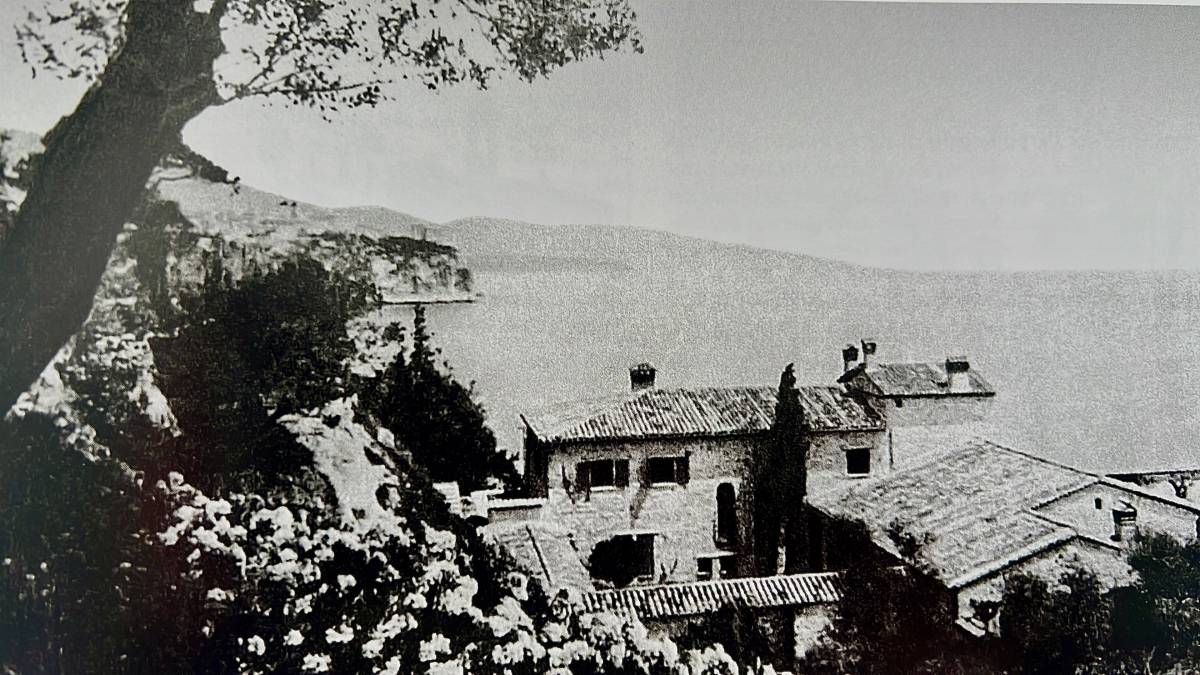
Churchill was made “Honorary Mayor” of Cap d’Ail in 1952. Six years later he celebrated his golden wedding anniversary there!
Villa Auguste Lumière
Antoine Lumière, father of Augustus and Louis, financed his sons’ invention of the Cinématographe and encouraged them to organize paid film shows. The business quickly flourished creating a huge inflow of money.
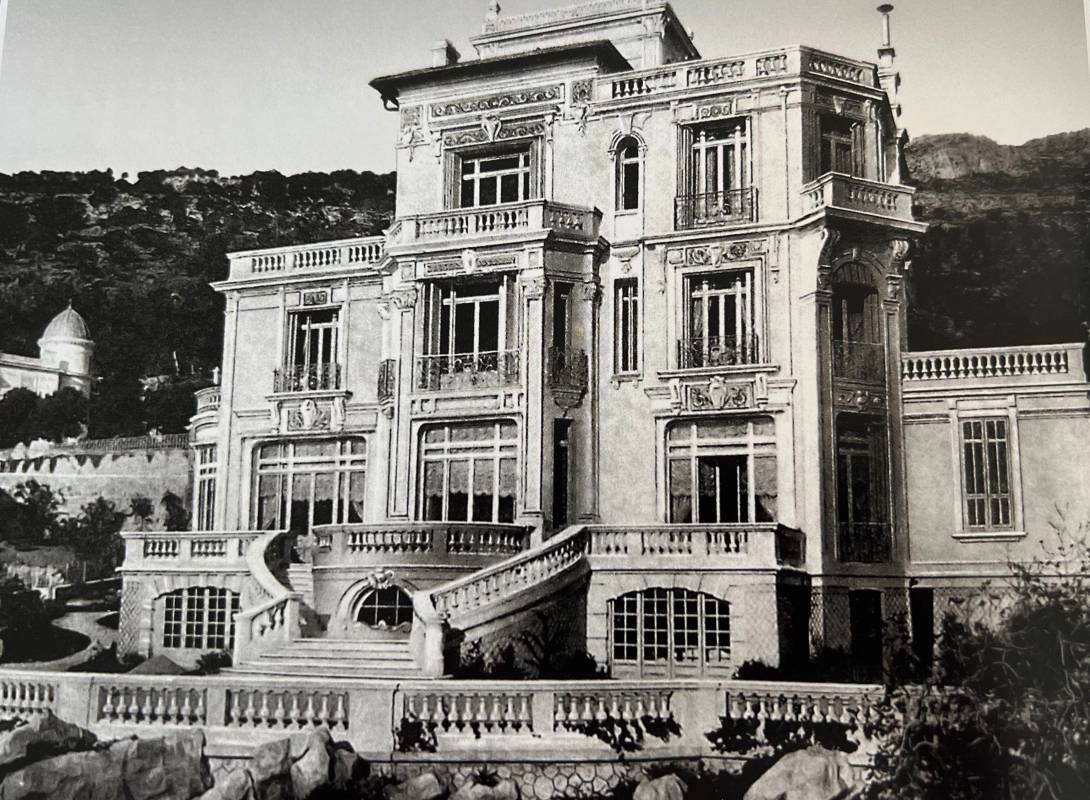
So in 1902 he had three large villas built as peaceful getaways for himself and his two sons. The most original of the three villas is that of Auguste Lumière. The Villa d’Auguste Lumière was eventually bought in the 1950s by France’s Ministry of the Interior, who made it the resort for their personnel.
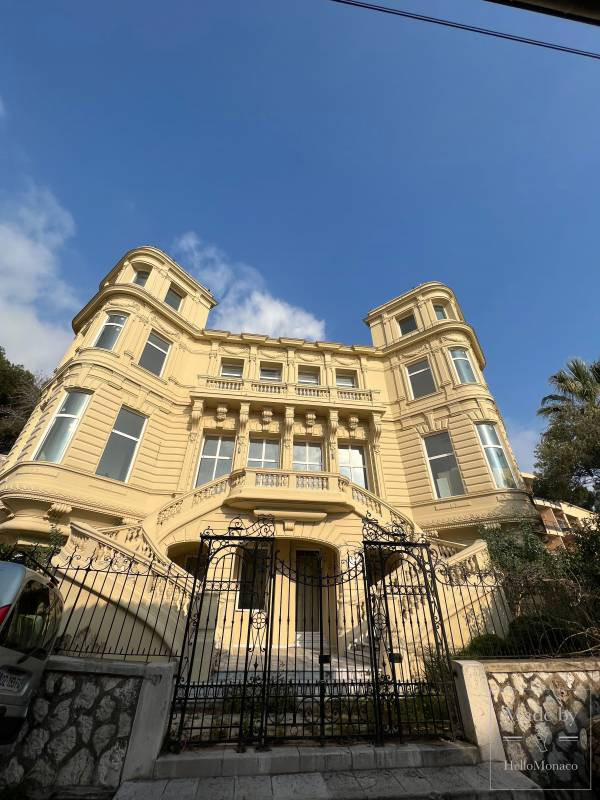
Château des Terrasses
The Belle Epoque Château des Terrasses experienced its xenith when in 1895, the Grand Duke Georges Alexandrovich, brother of Tsar Nicolas II, stayed on the Riviera coast to cure his tuberculosis. He was joined by his mother, Empress Maria Feodorovna accompanied by Prince Michel and Princess Olga. The Grand Duke received illustrious visitors there including Queen Victoria. The President of the French Republic Félix Faure also came to pay respects to the Grand Duke.
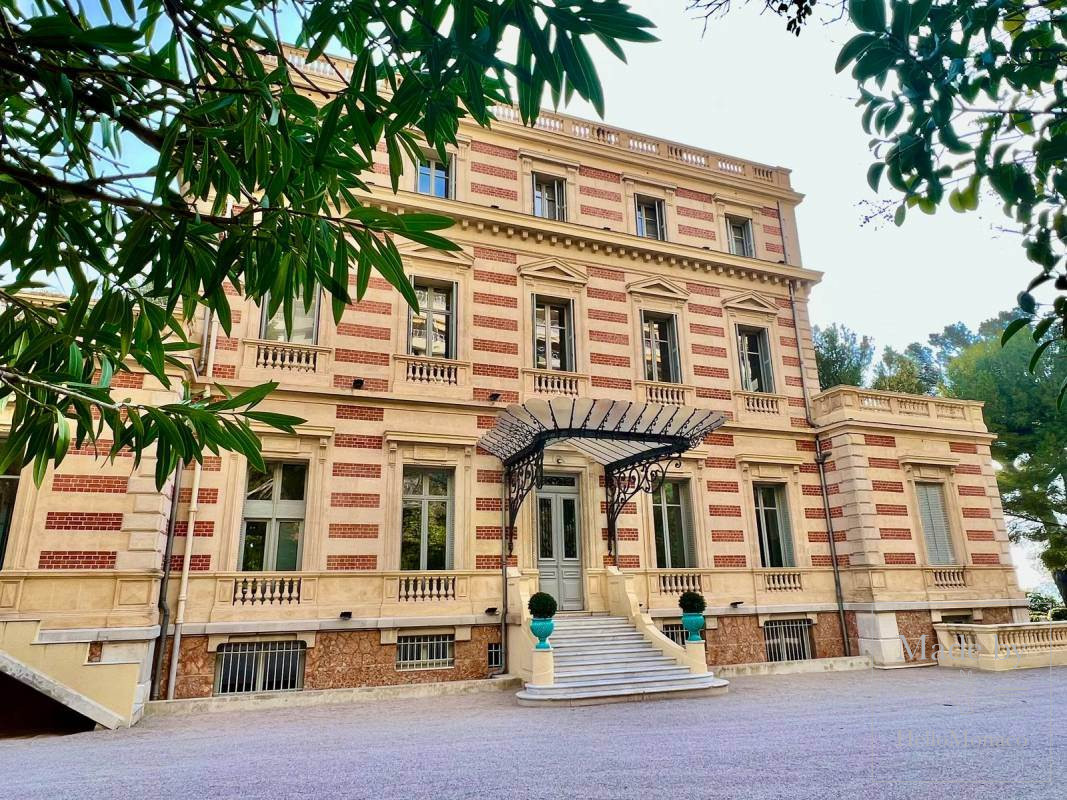
Acquired by Miss Losse, former Prima Donna of the Saint Petersburg Opera in the 1930s, the Château passed into the hands of the Vice-Consul of England, Mr. Buckingham whose son ceded it to the city of Cap d’Ail in 2001. Surrounded by a 20,000 m² park overlooking the sea, the place is very animated these days with concerts, exhibitions, and a Sacha Guitry Festival,
Château Malet
At the “Château Malet”, among other crowned heads, stayed the King of the Belgians Leopold II, the ex Empress Eugenie, Maria Feodorovna Dowager Empress of Russia and Albert, King of Saxony.
In 1890, Sir Edward Malet, former Ambassador of England in Berlin, bought a 6-hectare site and had his winter residence built there from sketches he himself made.
Sir Edward Malet took from his European experience models including the pilasters of the “Zwinger Palace” in Dresden, the windows of the “Episcopal Palace” in Würsburg and the “Sans Souci Palace” in Potsdam. He added 40 statues from the “Villa Canossa” in Rome placed on the roof balustrade and in the niches of the facade.
The hall of the house, 12m high, could accommodate hundreds of people. The living room with Corinthian columns was in gypsum imitating lapis lazuli.
Today only the ballroom remains, around which everything has been rebuilt, and two caretaker’s pavilions which frame the entrance gate.
Roc Fleuri
Of Italian inspiration typical of the 1900s, “Roc Fleuri” was originally a high class hotel known in the 1910s as “Hôtel Réserve du Cap-Fleury”. It was owned by the Marquise Buccico until the 1920s and had a famous seafood restaurant. In 1921, it belonged to the Cottenot family until today spanning three generations of doctors. This tourist site is open to the public at certain times of the year and hosts cultural activities.
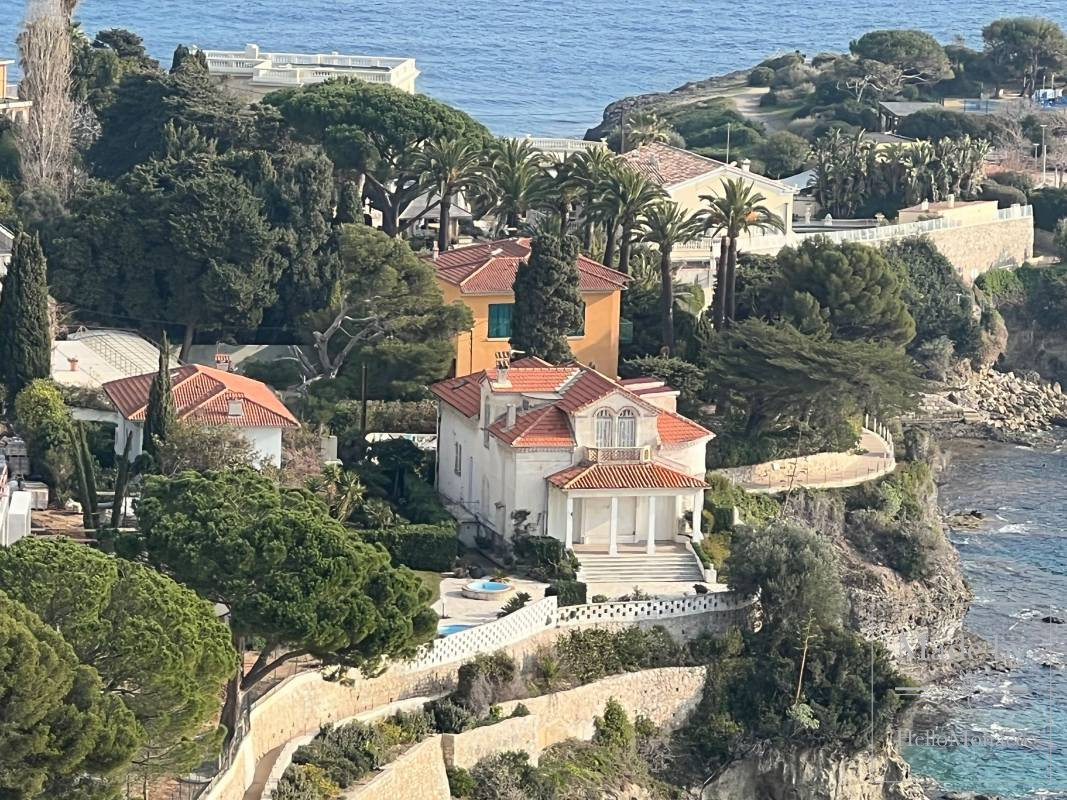
There is a grove of palm trees, now more than a hundred years old, gifts given by his patients to the owner, Dr Cottenot. Every year in September the contemporary art exhibition of young artists belonging to the No-made group takes place there.
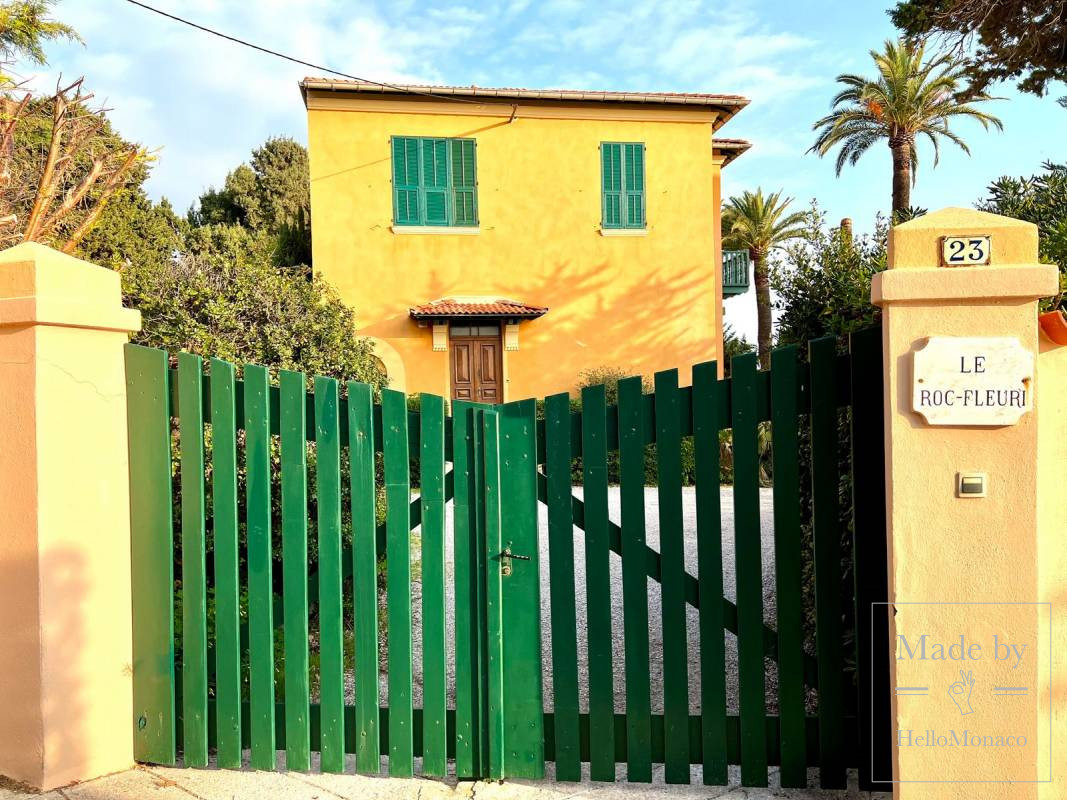
Les Camelias
“Les Camélias”, now a villa-museum, bears witness to Cap d’Ail’s cultural past.
The garden level tells the story of local life. The upper floors present an exceptional collection of paintings, drawings and enamels by the Basque artist Ramiro Arrue.
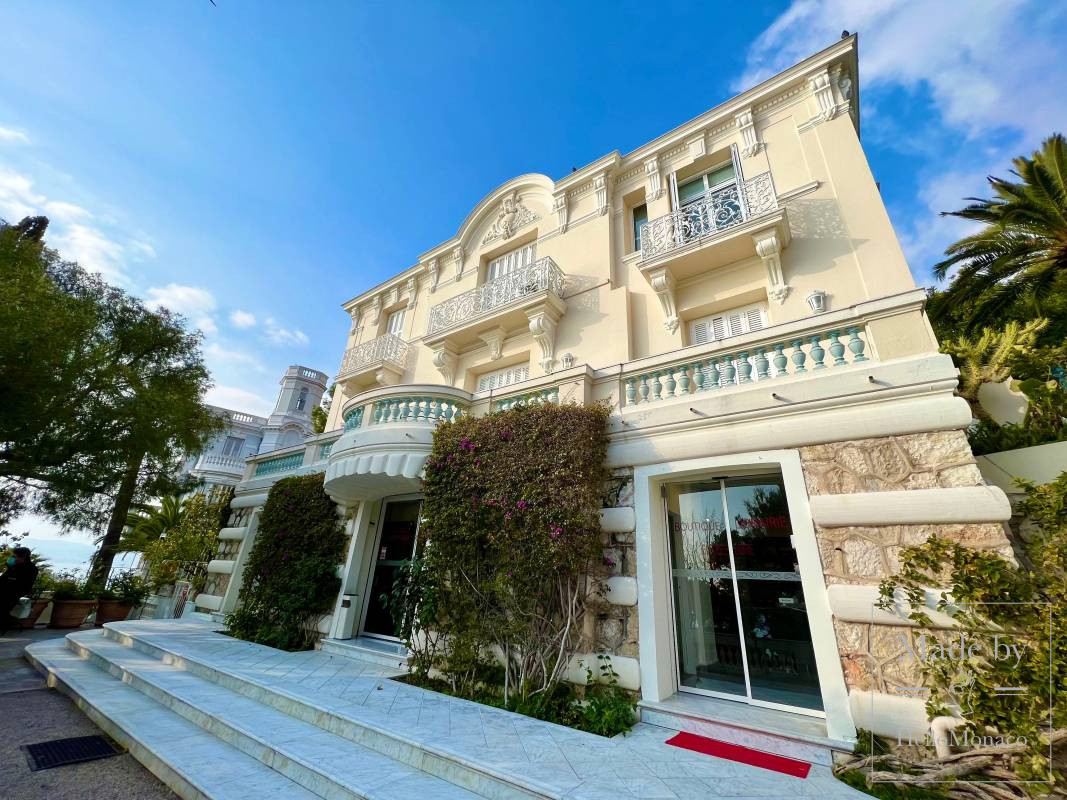
The garden is a must-see, wild with younger olive trees alongside century-old carob trees, mimosas, a young ginko biloba, Judean trees, bougainvillea, scented jasmines, and, of course, camellias! Irises flourish next to tomatoes, rosebushes next to lettuce, acanthus and agapanthus next to potatoes!
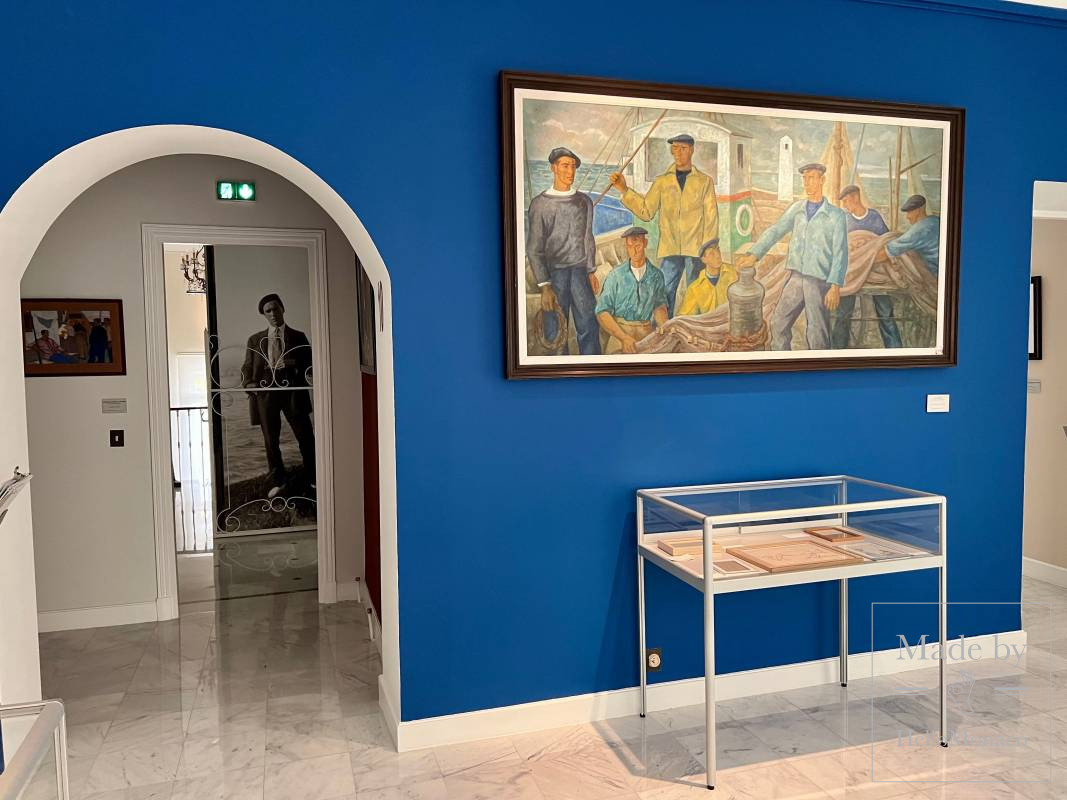
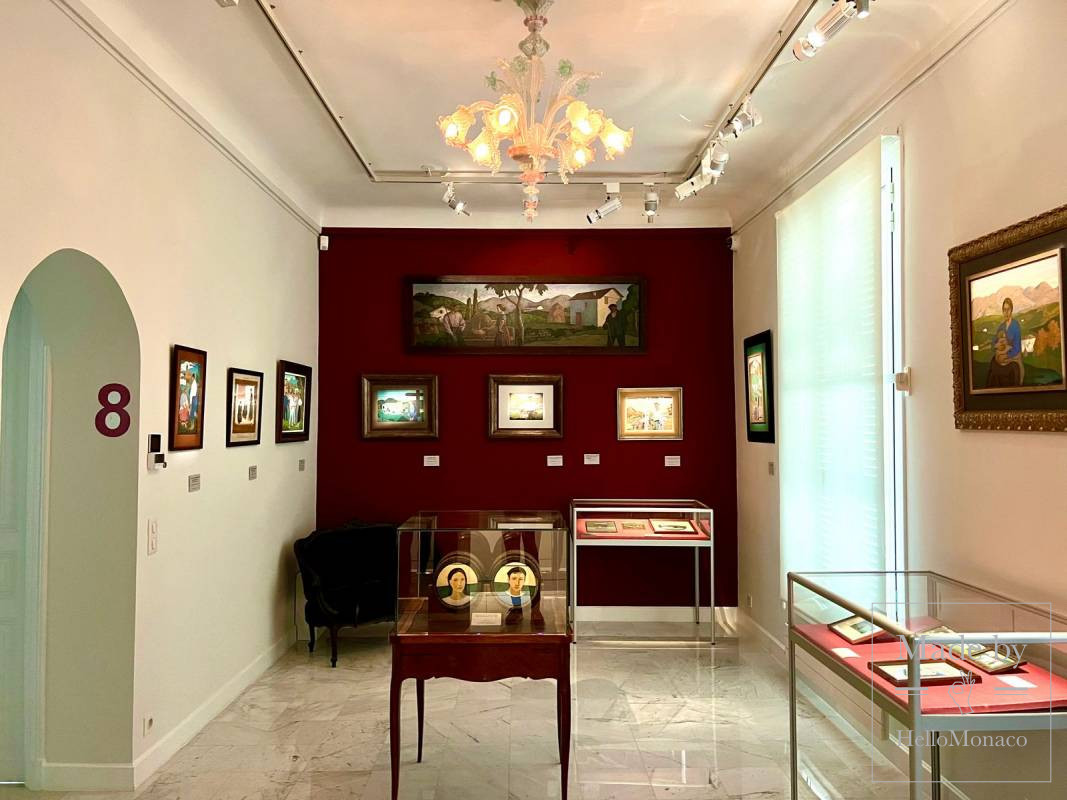
Villa Eden
The prestigious Hotel Eden, built in 1892, stood out for its rare luxury and a large territory of 21 hectares with olive groves and pastures. Just imagine the sight of it at night, perched on a rock, like a ship made of stone with its lit-up portholes! A truly unprecedented architectural masterpiece for the early 20th century! When its owner, Baron de Pauville, conceived this massive building project, he used all his connections to secure, among other things, the opening of the La Turbie-sur-Mer railway station (the former Cap d’Ail). To raise funds for the construction of this grandiose hotel, the businessman laid sewers and built access roads to the neighbouring land plots. He then sold them to a bank for a further resale at a great profit.
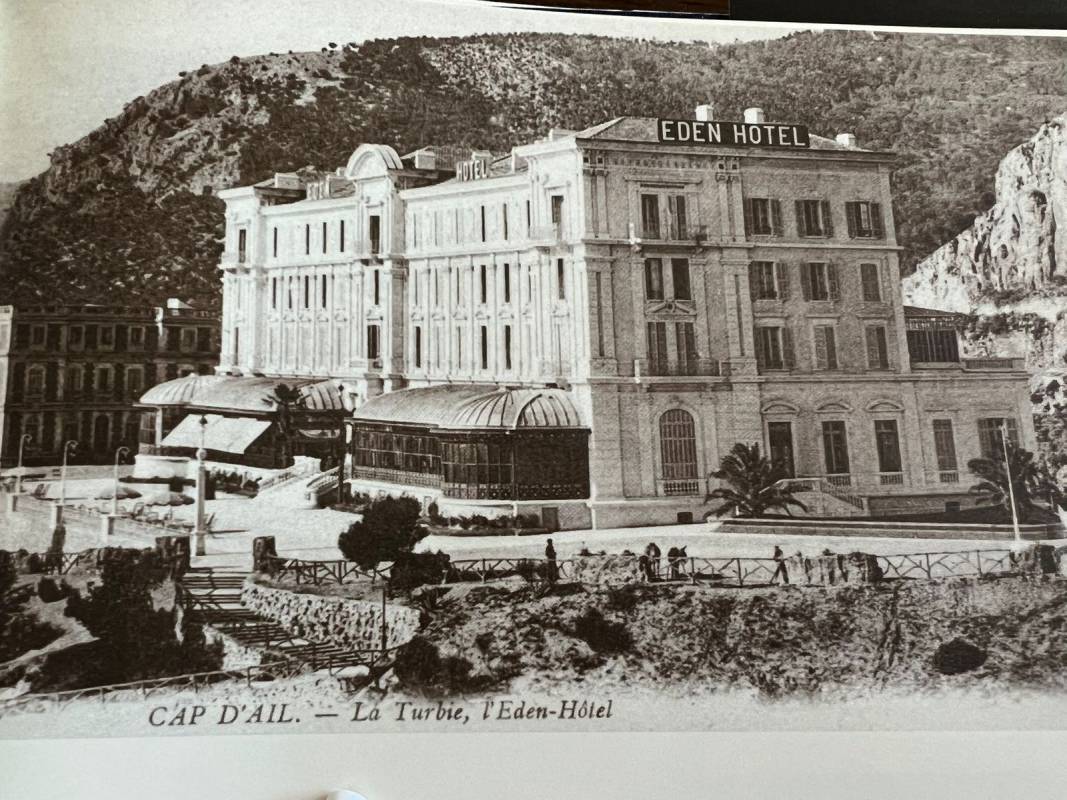
The comfort of the Eden Hotel was simply unbelievable for the late 19th century. A water tank placed on the roof ensured each room had its own bathroom. Furniture, dishes, silverware, bed linen all bore the Eden hotel insignia. Reading room on the veranda, ballroom, children’s quarters, billiards, fencing room, dairy shop, restaurant distinguished by an exquisite cuisine, five-hectare park, horse-drawn carriage service, tennis court, independent power plant and elevator — just to name some of its luxury amenities! Everything was thought of to create an ideal holiday atmosphere for the lucky ones visiting the Mediterranean coast during the winter season. Up until 1939, the European nobility favoured the Eden Hotel, conveniently located between Nice and Monaco. Walking paths were laid around it and along the sea, and a pigeon shooting range was specially made in the Pointe des Douaniers natural area.
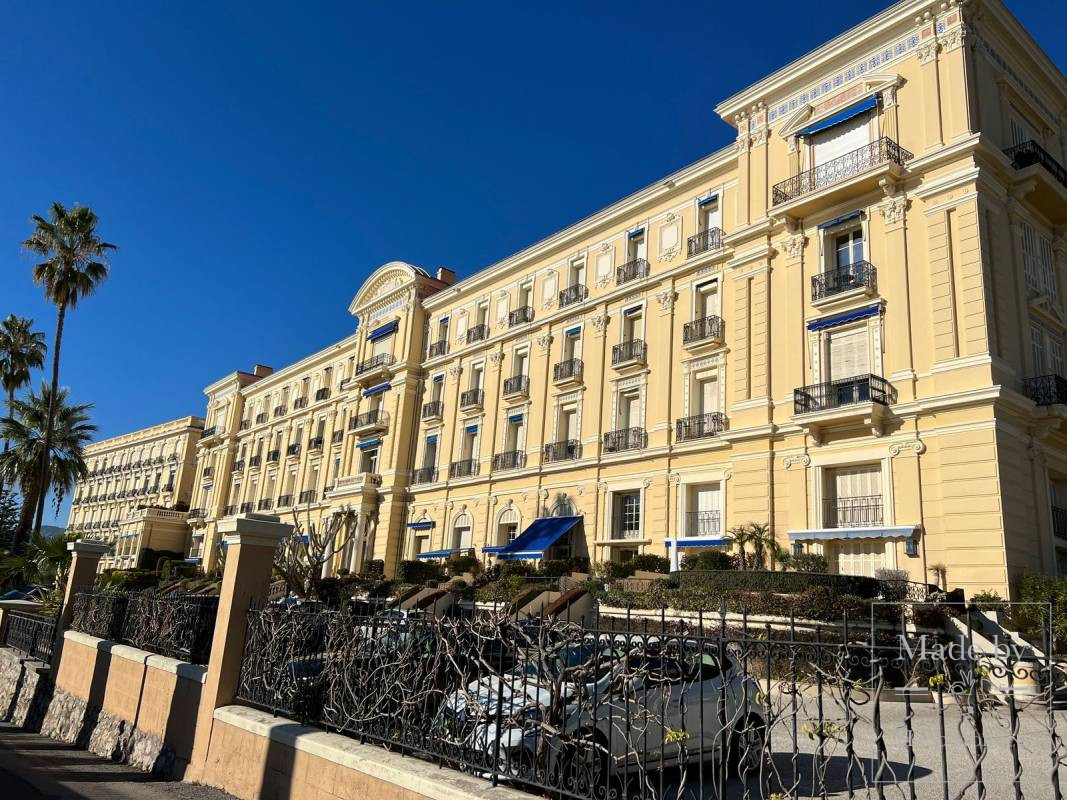
At the time of opening, the hotel counted 150 rooms. In the 1920s and 30s, its territory increased remarkably. In 1945 the Eden was divided into luxurious apartments.

